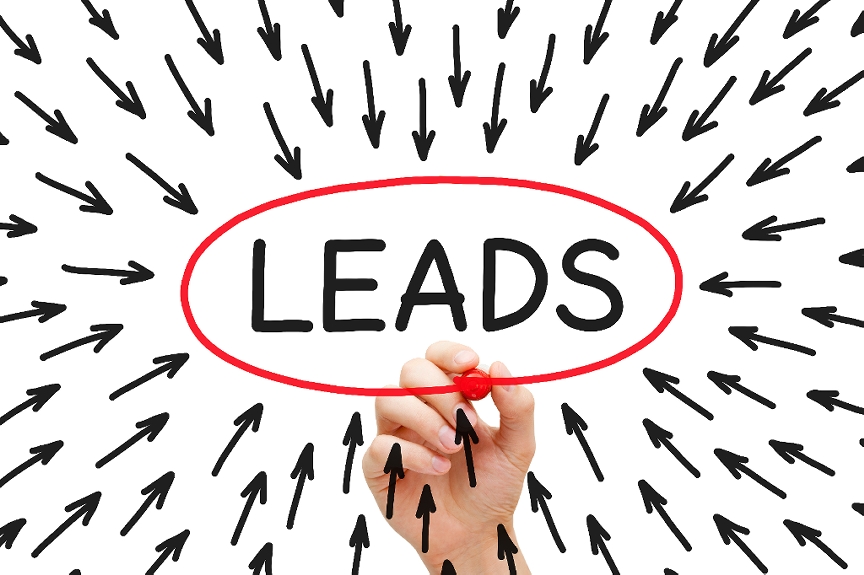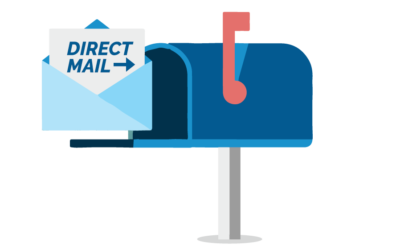Whether you obtained leads from a recent marketing event (check out our recent event marketing webinar here), your website, or some other method, it’s time to think about how to convert those leads into customers.
How to Turn Those Leads Into Customers
In order to convert a lead, you need to understand what they need or want and what their journey or path to purchase may look like. If you market to a vertical market or consumer segment, the firms or individuals within that vertical/segment will typically have similar needs and journeys.
If you market horizontally or use account based selling, some research needs to happen on an individual or per company level. Furthermore, the research you perform will vary depending on whether you’re B2B or B2C.
If you’re B2B, you might look into things like:
- What do they offer to their customers?
- What industry are they in?
- How big is their company?
- What are they talking about on their blog or social media sites?
- Are there any news events that may trigger the need for something?
- How does your product or service help them? What problem does it solve?
If you’re in the B2C realm you might look at factors like:
- Demographics – Age, Gender, etc.
- Financial – Income or Discretionary Income
- Activity Interests
- Other Triggering Factors – Life events that could impact their need
Considering little things like this can give you a better understanding of what their possible pain points may be and how you might be able to help. Casually mention your research notes in your outreach communications to get them talking.
Example Scenario: “I noticed that you’re offering your franchisees customer retention campaigns using direct mail programs. Do you have enough franchisees participating in these programs? Are they happy with their results? Why or why not?”
This accomplishes two things: it shows the lead that you have done your research and are taking the time to try to learn the “why” behind a possible problem that you could help them improve.
Nurturing Your Leads = More Sales
According to DemandGen’s report, 67% of B2B marketers say they see at least a 10% increase in sales opportunities through lead nurturing, with 15% seeing opportunities increase by 30% or more. Annuitas Group found that nurtured leads make 47% larger purchases than non-nurtured leads. To top it off, Forrester Research shared that companies who excel at lead nurturing generate 50% more sales leads at 33% lower cost per lead (DemandGen Report).
The question isn’t should you be nurturing your leads — that’s a given. The question is, “How do you nurture your leads effectively?”
That’s where marketing automation comes into play.
Marketing automation works so well for lead nurturing because complex B2B and B2C sales cycles are getting longer. Typically, the higher value service or product offered, the longer your sales cycle will be. While using marketing automation, you can stay in touch with your leads throughout their process and actually provide content that will move them through the funnel until they’re sales ready.
These three concepts help explain how lead nurturing works with automated platforms:
- Nurturing is second nature to sales and marketing. You’re probably already sending relevant content or customer success stories to your leads. However, people are at different points in their process. Therefore, you’ll want to create an automated lead nurturing strategy so you’re sending the right content, at the right time, to the right lead.
- Segmenting your lead list while using automation saves times and creates a consistent flow of communication between you and your leads. As leads engage with your content or communication pieces, your automation software will track their responses or actions, providing incredible insight for your marketing or sales team. It also allows you to swap out content that may stop leads from moving forward in their buyer’s journey and start testing other material to ensure your conversion strategy works.
- Scoring is another benefit to using marketing automation in your lead nurturing process. Scoring allows you set up values or markers based on behavior, responses and actions taken. On an individual level, this can provide you with insight on where exactly they are in your sales cycle. Additionally, scoring will let you know when a lead is truly sales-ready and can be passed along to one of your sales reps. By waiting until your lead reaches a specific score, you’re essentially passing over a hot-lead and your sales team should be able to close them effectively.
How Direct Mail Can Enhance Your Lead Nurturing Efforts
Direct mail can be an effective tactic in your lead nurturing process. Why? Look at your current email open rates—how many people haven’t opened your emails? What are you doing to get in front of those leads?
Direct mail could be the answer.
DMA’s Response Rate Report proves that direct mail is still a profitable marketing channel. The direct mail household response rate is 5.1% (compared to .6% email, .6% paid search, .2% online display, .4% social media). Actually, this is the highest response rate the DMA has ever reported since coming out with the Response Rate Report in 2003.
In fact, Brian Carroll states the following about direct mail in his book, Lead Generation for the Complex Sale, “In the lead-nurturing process, by extension, direct mail as a regularly utilized marketing component provides equally good results. This is especially true in lead nurturing when direct mail fulfills the objective of maintaining dialogue.”
There is no limit to how creative your direct mail nurturing campaigns can get. Take Intronis as a leading example. They ran a fantastic direct mail campaign by offering a free retro gaming system (Atari, Wii, Xbox or PlayStation) if their leads spent 30 minutes with a sales rep–no purchase required.
Their results: a 35% conversion rate, a 66% higher average deal size and a 650% ROI.
Conclusion
If you’re ready to implement a lead nurturing campaign using marketing automation platforms and/or direct campaigns, PrintComm can help you get started. Our team would be happy to share some ideas with you that have proven to help convert leads into sales-ready leads—automatically.


